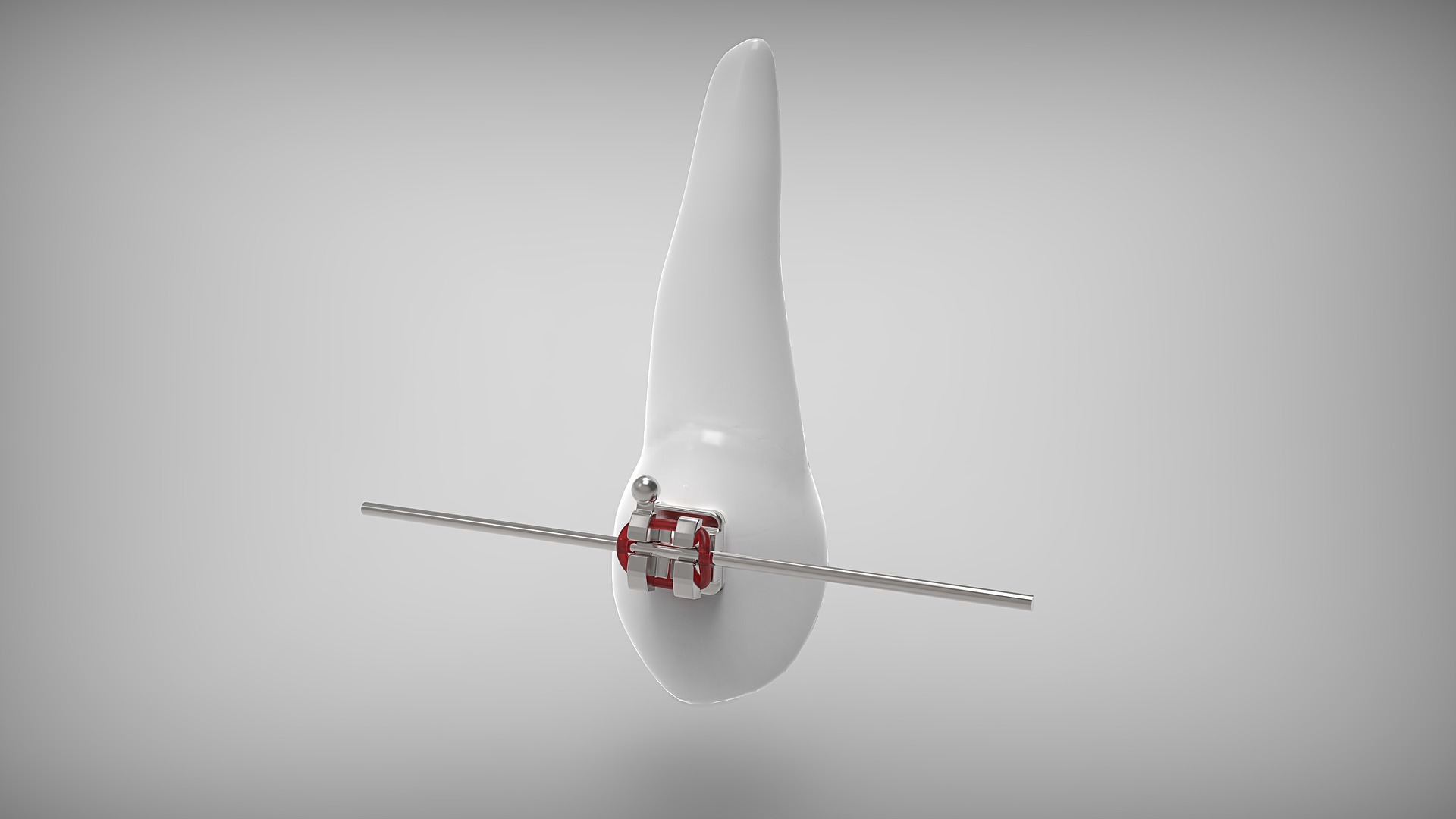Braces are a widely-used solution for a number of orthodontic problems which, if left untreated, could lead to oral health issues in the future. The most common problems that can be treated with braces are:
- Crowding: particularly common in children, crowding occurs when there is not enough room on the jaw to fit all of the teeth in their normal alignment. This can make it difficult to clean teeth properly, potentially leading to decay and gum disease.
- Spacing, or Diastema: the opposite of crowding, spacing occurs when there is too much room in the jaw, or the teeth are too small, and gaps appear in between the teeth. This can make it difficult to eat properly and make individual teeth more vulnerable to decay due to trapped food.
- Overbite or Underbite: if the top and lower jaw do not align in the natural position then you may experience orthodontic problems such as difficulty chewing and a higher likelihood of damage to protruding teeth.
There are several types of braces that are available to patients and the most suitable option can be determined by considering both practical and aesthetic functions. While braces are often associated with children and teenagers, they are nowadays being used just as successfully to carry out cosmetic improvements for adults of any age.
We have put together a guide to the different types of dental braces, what they look like and the advantages of each option for the patient.
Metal Braces
Metal dental braces are one of the most common types of braces used in orthodontics. The brace consists of metal brackets which are bonded to individual teeth as well as an archwire which is attached to each bracket and applies pressure on the teeth.
With traditional braces, the archwire is attached to each bracket with a small elastic band. However, self-ligating braces are also available, where the wire threads through the bracket. The benefits of self-ligating braces including fewer trips to the dentist for wire readjustment and increased comfort. For some patients, larger elastic bands are hooked between separate teeth to create more pressure and encourage movement in a particular direction.
One of the advantages of metal brackets is that they are often the most cost-effective option for patients. They are also one of the strongest options and have some of the shortest treatment times. The dark colour of the metal does not stain as easily as some of the other bracket or brace alternatives, however this does also mean that from an aesthetic perspective they are more noticeable than some more naturally coloured alternatives.
Ceramic brackets are similar to metal brackets in that they are made up of a bonded bracket and archwire, with both traditional and self-litigating options available. However, the ceramic brackets can come in a clear or white colour, as opposed to the traditional metal brackets, making the dental braces appear less visible and minimising self-consciousness for the patient. One disadvantage of the lighter colour is a high tendency to stain, meaning that the brackets must be cleaned regularly and thoroughly to prevent discolouration.
Invisalign braces
Due to their minimal visibility, Invisalign braces are very popular among those patients needing braces who would prefer a more natural looking solution. These nearly-invisible braces work differently to the traditional bracket and wire braces, and the treatment consists of a series of bespoke clear, retainer style braces which fit seamlessly over your teeth.
New aligners will be provided following regular check-ups and each new set will slowly guide your teeth to the desired position. Invisalign braces are also easily removable, meaning that you are able to take them out to eat and can brush your teeth as usual during the treatment. For optimum performance, dentists recommend patients to wear the aligners for 20 – 22 hours per day.
For more information about Invisalign treatment and to book a consultation appointment with one of our highly-skilled dentists, visit our dedicated page and contact Vitality today.


